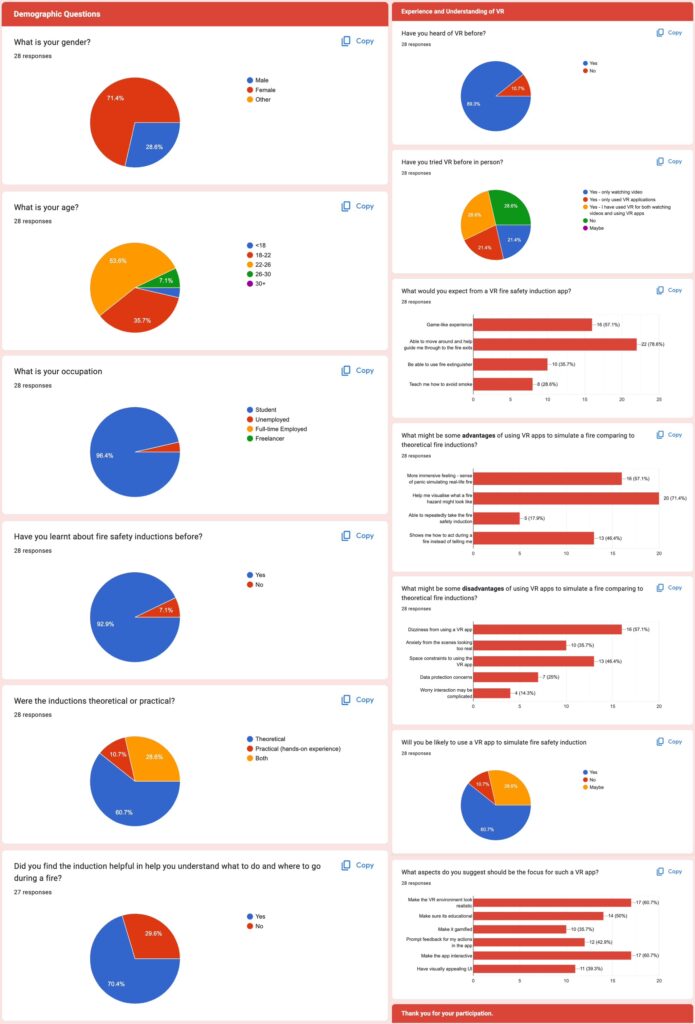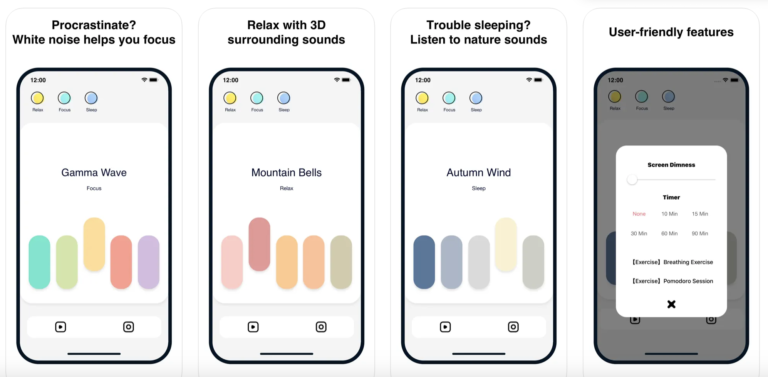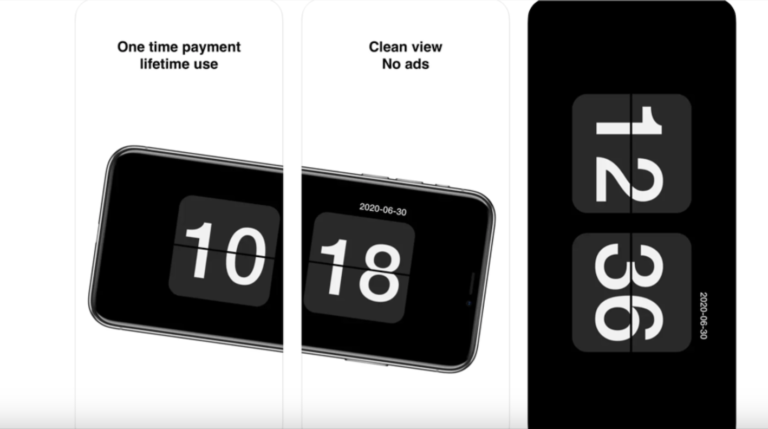The “Fire Induction VR Simulator” is an innovative virtual reality (VR) application designed to enhance university students’ practical knowledge and response capabilities during fire emergencies. This project aims to bridge the gap between theoretical knowledge and real-life application by providing an immersive, interactive VR experience where users navigate a simulated fire emergency in a classroom setting. The project emphasises delivering a realistic and engaging training module that focuses on fire safety protocols and emergency response skills.

Design Brief
Problem Statement: Despite universities offering theoretical fire safety instructions, students often lack practical experience in handling real-life fire emergencies. This deficiency can result in panic and confusion during actual emergencies, compromising safety and response effectiveness.

Research
Research Insights: Our research highlighted the critical need for practical fire safety training. According to Fire and Rescue NSW, there were nearly 30,981 fire incidents between 2016 and 2021, resulting in significant evacuations, injuries, and deaths. This underscores the importance of equipping students with both theoretical and practical fire emergency knowledge. A questionnaire conducted among university students revealed that while many had basic fire safety knowledge, they lacked practical experience and confidence in real emergency scenarios.
Competitor Analysis

Questionnaire

Design Concept
The VR simulator immerses users in a virtual classroom environment where they experience a simulated fire emergency. The simulation includes:
Initial Instruction Phase: Users interact with objects to learn basic fire safety protocols, such as identifying fire extinguishers, understanding evacuation routes, and recognising fire alarm signals.
Emergency Simulation: The scenario escalates with a fire alarm, guiding users to navigate hazards using the knowledge and tools acquired during the initial phase. The simulation includes realistic elements such as smoke, flames, and heat effects.
Interactive Elements: The VR experience includes smoke effects, explosions, heated door knobs, and other hazards to provide a realistic simulation. Users must make quick decisions, such as whether to use a fire extinguisher or evacuate immediately.
Feedback and Assessment: Upon successful evacuation, users receive feedback on their performance, highlighting areas of strength and improvement. The simulation can be repeated to allow users to improve their response times and decision-making skills.

Target Users
The target users of this VR simulator is university students, particularly those residing in on-campus accommodations. This demographic is technologically adept and benefits greatly from immersive learning experiences. The VR simulator aims to enhance their emergency response sensitivity, decision-making, and collaboration abilities during fire emergencies.

Technology and Implementation
Software and Hardware
Unity3D: The primary platform for developing the VR experience, supporting various VR SDKs and advanced graphics capabilities.
C#: Used for coding user interactions, scenario progression, and game logic. This includes scripting the emergency scenarios and ensuring realistic responses to user actions.
VR Headsets: Essential for delivering the immersive experience and conducting iterative testing to ensure user comfort and engagement. We used Oculus Rift for testing due to its advanced motion tracking and user interface capabilities.

Challenges and Solutions
Realism vs. Safety: Balancing a realistic simulation with user safety, ensuring the VR experience does not inadvertently downplay the dangers of real fires. We incorporated visual and auditory cues to enhance realism while maintaining a safe virtual environment.
User Engagement: Incorporating gamified elements to maintain user interest and provide immediate feedback. Points are awarded for correct actions, and users can see their scores at the end of the simulation.
Physical Safety: Ensuring users do not injure themselves while using the VR headset by creating a safe physical environment that matches the virtual space. Clear boundaries were set within the physical testing area to prevent accidents.

Design Process
Research and Ideation: The initial phase involved extensive research into fire safety protocols and current training methods. We conducted interviews with fire safety experts and reviewed existing training programs to identify gaps and opportunities for improvement. Ideation sessions with team members generated multiple concepts, which were refined based on feasibility and user feedback.

Prototyping: Using Unity3D, we developed several prototypes, starting with low-fidelity models to test basic interactions and scenarios. As we iterated, we incorporated more detailed graphics and interactive elements. The prototyping process was crucial for identifying and addressing potential usability issues and ensuring the simulation provided a realistic and engaging experience.

Following several iterations based on user feedback and implementation insights, our team decided to shift the game’s setting to an art gallery. We chose this more open environment to allow users to freely explore and interact with fire scenarios.
User Testing: Throughout the development process, we conducted multiple rounds of user testing with university students. These sessions provided valuable feedback on the usability and effectiveness of the simulation. It helped identify issues and bugs in our design. Test users highlighted the importance of clear instructions and realistic environmental cues, which were incorporated into subsequent iterations.

Final Solution
The final product is a polished VR simulator that offers an immersive and educational experience for fire safety training. Users can navigate through a simulated fire emergency, making critical decisions and learning from their actions. The simulator includes detailed graphics, realistic sound effects, and interactive elements that mimic real-life fire scenarios. Feedback is provided at the end of each session, allowing users to reflect on their performance and identify areas for improvement.
Evaluation and Future Work
Initial user testing and feedback highlighted the effectiveness of the VR simulator in enhancing fire safety training. Test participants reported increased confidence in handling fire emergencies and appreciated the realistic elements of the simulation. However, further iterations are planned to refine the simulation, incorporate more diverse scenarios, and ensure broader accessibility. Future developments will focus on enhancing the realism of the VR environment, expanding the range of emergency scenarios, and integrating more comprehensive user feedback mechanisms.
Validation
Situation: Engaging with the challenge of enhancing fire safety training for university students using VR technology.
Task: Design an interactive VR simulator that provides practical fire emergency training, bridging the gap between theoretical knowledge and real-life application.
Action: Conducted extensive research, developed initial and iterative prototypes, and conducted user testing to refine the design based on feedback.
Result: Delivered a robust VR training solution that significantly enhances students’ practical knowledge and response capabilities during fire emergencies.
This project helped advance my skills in design and development. The iterative process, while challenging, led to a highly effective training tool that has the potential to improve safety and emergency preparedness on university campuses.




